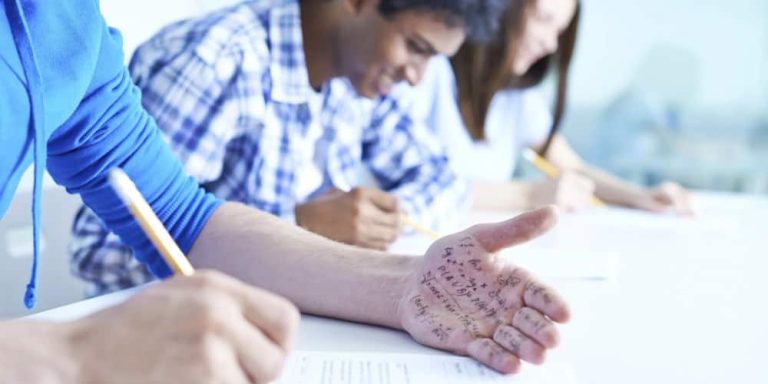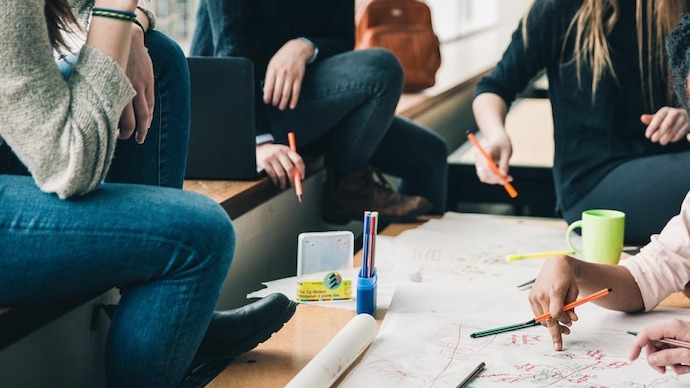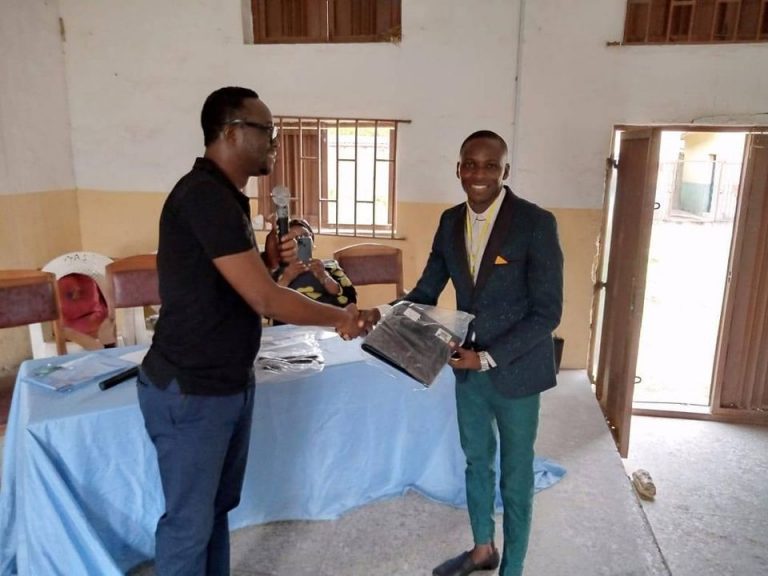THE SYSTEM UNIT: J S 1 Week 3 Internal and External Features Uses
WEEK: THREE
DATE: 23rd – 27TH Jan 2023
CLASS: Jss 1
SUBJECT: Information Technology
LESSON TITLE: SYSTEM UNIT
SUBTITLE(IF ANY):
PERIOD: 1& 2
DURATION: 80 min
THE SYSTEM UNIT: J S 1 Week 3 Internal and External Features
LEARNING OBJECTIVES: At the end of this lesson, students should be able to :
- Define central processing unit (CPU)
- List the functions of Control unit (CU), Arithmetic and Logical Unit (ALU), Main Memory(MM)
- Explain the relationship between the components of the CPU
KEY VOCABULARY WORDS: System, Logical, Memory, Etc
RESOURCES AND MATERIALS: Comprehensive Computer Studies for Basic Education by A.S. Omotuyole, Chart, System Unit, Laptop.
BUILDING BACKGROUND/ CONNECTION TO KNOWLEDGE: the students are familiar with system unit, laptop computers, desktop computers etc. THE SYSTEM UNIT: J S 1 Week 3 Internal and External Features
CONTENT
SYSTEM UNIT
System Unit may be defined as the brain of computer where processing takes place.
Its major component is the Central processing Unit (CPU).
CENTRAL PROCESSING UNIT
The central processing unit is the brain of the computer. It is sometimes called processor because it is responsible for all processing that takes place in the computer.
CPU is divided into three units namely:
- Arithmetic and Logical unit (ALU)
- Main memory
- Control Unit (CU)
- ARITHMETIC AND LOGICAL UNIT (ALU):This is the part of the computer where all the mathematical calculations and logical operations take place.
The major operations performed here are subtraction, addition, multiplication, division, the logic and comparison.
- MAIN MEMORY: This is the internal storage area of the computer. It is also called primary storage and it can be divided into two, namely:
- Random Access Memory (RAM): This is a temporary storage area of the computer that is used to store programs temporarily when in use. It is dynamic and volatile.
- Read Only Memory (ROM): ROM holds information that are more permanent. It is not dynamic and not volatile.
EXTERNAL FEATURES OF SYSTEM UNIT AND THEIR FUNCTIONS
- POWER BUTTON: The power button is the point where the computer system is switch on or switch off.
- RESET BUTTON: The reset button is depressed in order to restart the system or to initialize the system. It can also be done by pressing the Crtl + Alt + Del keys together.
- KEYLOCK: The keylock is depressed in order to put the computer on or to put it off. When keylock is depressed, the computer cannot accept any data until it is on again.
- THE DRIVE: This is a component of computer in which a tape or disk is loaded to run. These are floppy drive, CD drive, Zip drive, DVD drive, Hard drive.
- THE PORT: Port is the socket or point where peripherals can be connected to the system unit.
STRATEGIES AND ACTIVITIES:
Activity I: Teacher leads by asking the learners to point out features of system unit.
Activity II: Teacher explains the definition of system unit.
Activity III: Learners will describe central processing unit and units it can be divide to
Activity IV: Learners will move around to observe the charts, pictures and images of some of system unit
THE SYSTEM UNIT: J S 1 Week 3 Internal and External Features Uses
Activity V: Learners will discuss external features of system unit and their functions
Activity VI: Teacher makes necessary corrections and also add to the learners opinion
WRAP UP & ASSESSMENT: In order to determine the level of understanding the topic by the learners, the teacher will ask the following questions;
- Briefly describe system unit
- Mention parts of system unit.
THE SYSTEM UNIT: J S 1 Week 3 Internal and External Features
ASSIGNMENT: What is computer ethics?
HOD/VP’S COMMENT & ENDORSMENT:






